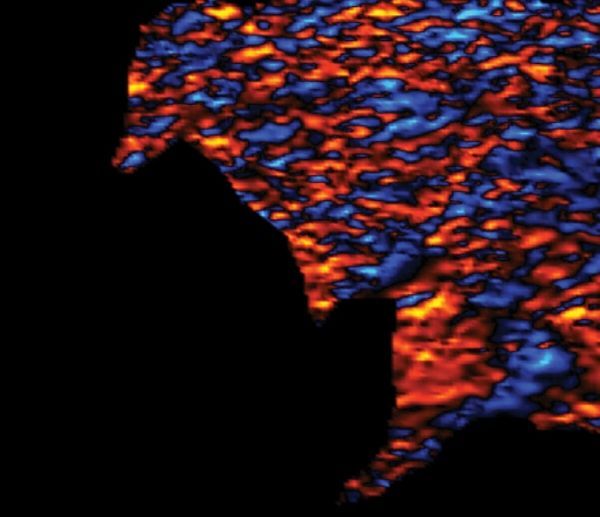Collagen is the most abundant protein in mammals, making up skin, bone, tendons and other soft tissues. Its fibrous nature helps cells to move throughout the body, but until now, it wasn’t clear how the length of fibers influences how cells move in groups.
Amit Pathak, a mechanical engineer in the McKelvey School of Engineering at Washington University in St. Louis, and his team found that collagen fiber length within the body may be a key overlooked parameter that some normal cells use to become invasive. The results of their research were published Sept. 26 in the Journal of Cell Science.
Cells move around to form organs during development, to heal wounds, and when they metastasize from cancerous tumors. Typically, cell movement slows in a soft environment, similar to getting stuck in mud, and speeds up in a stiff environment, similar to a ball rolling across a waxed floor.
When preparing to experiment with cells moving in collagen, Pathak, who specializes in mechanobiology, and his team found that existing substrates didn’t have the ability to support fiber formation. The team made new hydrogels with more realistic fiber structure and that allowed them to change the length of the fibers more easily. As they got to work, the results were unexpected.
Read more at Washington University in St. Louis
Image: This image from Amit Pathak's research shows cells streaming on long collagen fibers on a soft substrate. (Courtesy: Pathak Lab)


